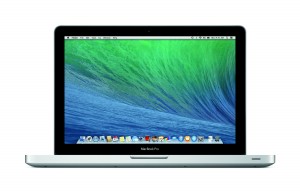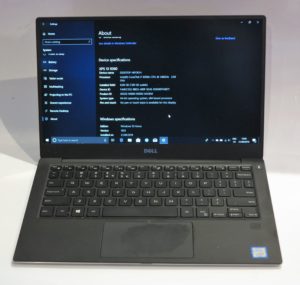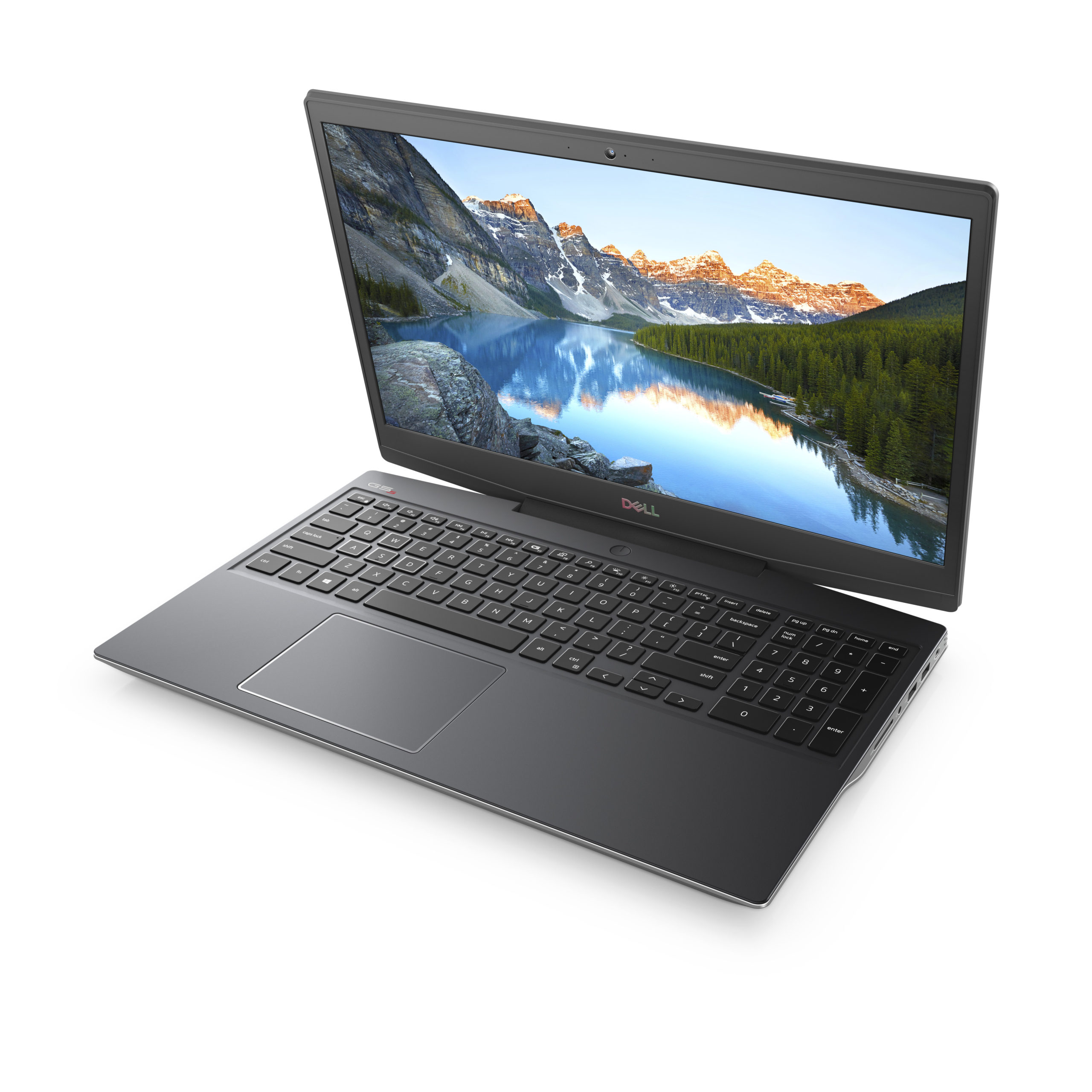Article
Apple: Closing MacBooks with camera covers leads to display damage | Bleeping Computer
Previous coverage on HomeNetworking01.info
Keeping hackers away from your Webcam and microphone
My Comments
Apple has lately advised its MacBook owners to avoid buying and using accessory Webcam covers on their computers.
These Webcam shields are being seen as a security asset thanks to malware being used to activate the Webcam and microphone to surveil the computer’s user. But Apple advises against them due to the MacBook having the Webcam integrated with the circuitry for the screen and built in a very fragile manner. They also mention that the Webcam is used by macOS as an ambient light sensor and for advanced camera functionality.
They recommend that if you use a device to obfuscate your Webcam, you use something as thin as a piece of ordinary printing paper and isn’t adhesive. This is because the adhesive can ruin your camera’s picture quality when you want to use it. As well, they recommend that you remove the camera-cover device before you close up your MacBook at the end of your computing session.
I also see this as a key trend that will affect other low-profile laptop computers like Ultrabooks and 2-in-1s that have very thin screen bezels like recent Dell XPS 13s. This is due to manufacturers designing the in-lid electronics in a more integrated manner so as to reduce the lid’s profile. Let’s not forget that with an increasing number of computers, the Webcam is part of facial-recognition-based device-level authentication if its operating system supports this function.
But you still need to protect your privacy when dealing with your laptop’s, all-in-one’s or monitor’s integrated Webcam and microphone.
Primarily, this is about proper computer housekeeping advice like making sure the computer’s operating system, applications, security software and any other software is up-to-date and with the latest security patches. As well, make sure that you know what is installed on your computer and that you don’t install software or click on links that you aren’t sure of.
You may find that your computer or monitor with the integrated Webcam will have some hardware security measures for that camera. This will be in the form of a shutter as used with some Lenovo equipment or a hardware switch that disables the camera as used with some HP equipment. Or the camera will have a tally light that glows when it is in use which is part of the camera’s hardware design. Here, make use of these features to protect your privacy. But you may find that these features may not affect what happens with your computer’s built-in microphone.
As well, you may find that your computer’s operating system or desktop security software has the ability to monitor or control which software has access to your Webcam, microphone or other sensors your computer is equipped with. Here, they may come with this functionality as part of a continual software update cycle. Let’s not forget that some Web browsers may bake camera-use detection in to their functionality as part of a major feature upgrade.
MacOS users should look at Apple’s support page for what they can do while Windows 10 users can look at Microsoft’s support page on this topic. Here, this kind of control is part of the fact that today’s desktop and mobile operating systems are being designed for security.
If your operating system or desktop security software doesn’t have this functionality, you may find third-party software for your computing platform that has oversight of your Webcam and microphone. One example for MacOS is Oversight which notifies you if the camera or microphone are being used, with the ability to detect software that “piggybacks” on to legitimate video-conferencing software to record your conversations. But you need to do some research about these apps before you consider downloading them.
Even if you are dealing with a recent MacBook or low-profile laptop computer, you can make sure your computer’s Webcam and integrated microphone isn’t being turned into a listening device.




